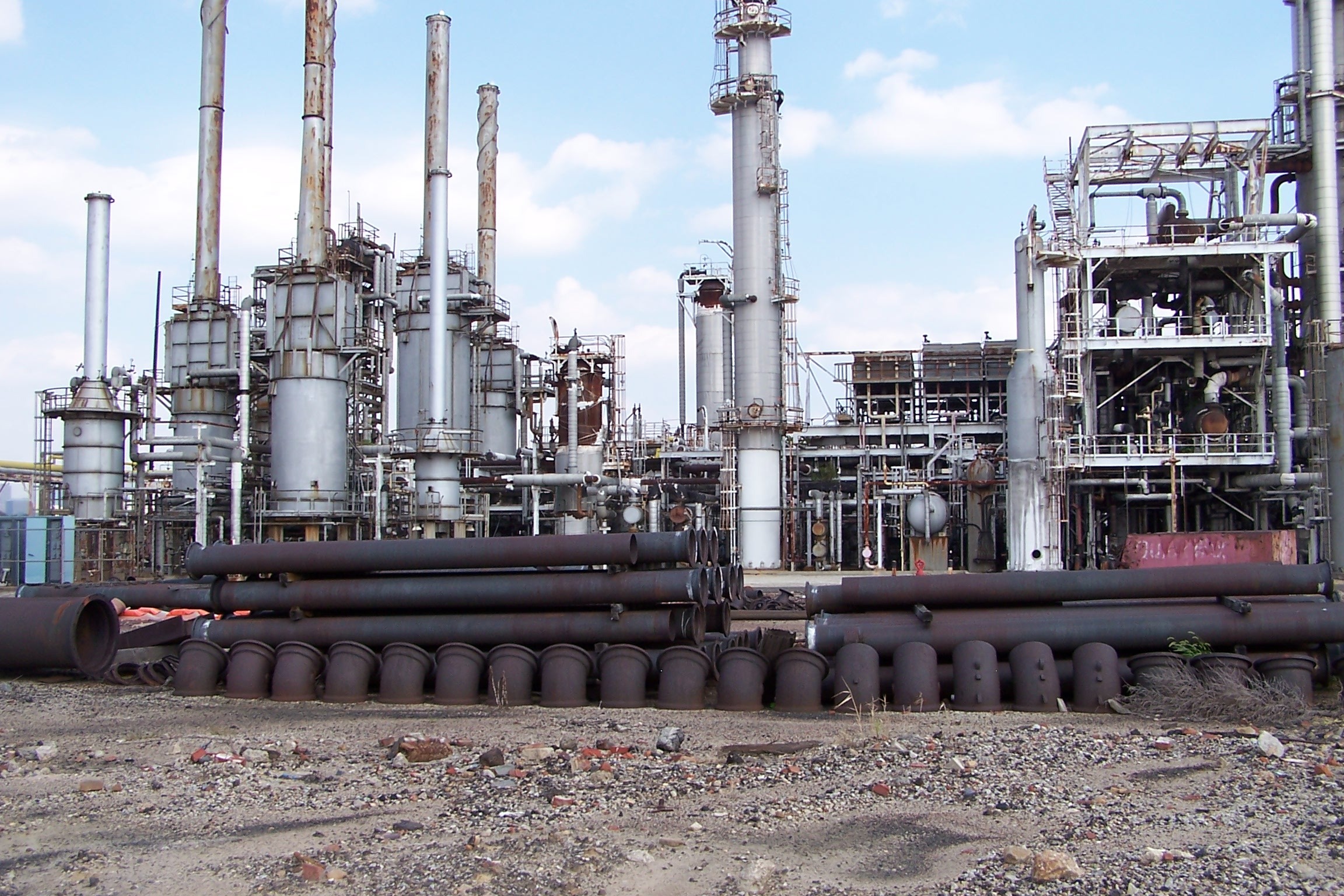The late summer weather is a major variable in the natural gas market as North America heats up and more electricity is generated by natural gas to power the air conditioners. This year seems to be making up for lost time since El Nino played its predicted part in a long cool, spring. The National Oceanic and Atmospheric Administration (NOAA) has officially declared this record setting El Nino event, over. This is important as we are currently at the seasonal peak for natural gas and we'll show that we believe natural gas prices will soften in the near term. However, the transition from El Nino to La Nina will be in full effect this fall and we'll discuss the trouble that has come with it in the past.
Let's begin with the trade at hand. Natural gas has rallied more than 30% in less than a month and while there are fundamental reasons for some of the recent rally, natural gas producers clearly believe that prices above $2.50 per/mmBtu should be sold to lock in future production profits. You'll see on the chart below that the commercial producers have been doing just that as they sold another 15k contracts last week and have driven their momentum squarely into the negative camp.

In order to take a short trade, we need commercial trader momentum to be negative and the market momentum trigger to be overbought. These two indicators quantify the tug of war between the commercial traders' fundamental sense of value and price discovery, which determines trends, against the speculators who provide the intermediate rallies and declines that provide the turning points for swing traders like ourselves. The current situation shows that natural gas drillers are bearish at current prices and expect the lengthy downward trend to continue. The recent speculative purchases have rallied the market above our market momentum trigger level. Now, we wait for the reversal to trigger our short sales at what could be the seasonal high, barring a La Nina event this fall.

As mentioned before, the current rally is flying right into the face of not only producer selling but, also its seasonal peak. We trust MRCI for their seasonal analysis and love it when we can combine it with our own Commitments of Traders fundamental data. Notice on the chart below not only the discretionary COT signals on the weekly chart but also the seasonal peaks, which marked four of the last five highs.

No method captures every trade. The idea is to stack the odds in your favor. A combination approach from divergent sources can provide powerful reinforcement for each other as they last did in 2011. However, before looking for short trades that can be held through fall similar to the seasonal grain trades, we have to reintroduce a wildcard, El Nino's reciprocal counterpart, La Nina.
La Nina is the opposing, cooling cycle to El Ninos warming cycle. Historically, strong El Nino events trigger the possibility of a correspondingly strong La Nina. NOAA currently lists the La Nina probability for a late summer through fall event at 75%. The concern is the, "Billion Dollar Weather Events," section of the NOAA website where five of the last events occurred during La Nina years. These weather events include some of the worst natural disasters in US history and would obviously throw any forecast into garbage bin. The best we can do is be aware of the risks and the variables in play. To that end, we refer to our earlier point of trading the expected near-term weakness from the short side of the market.
Visit CotSignals for more information our Commitments of Traders methodology and programs.






